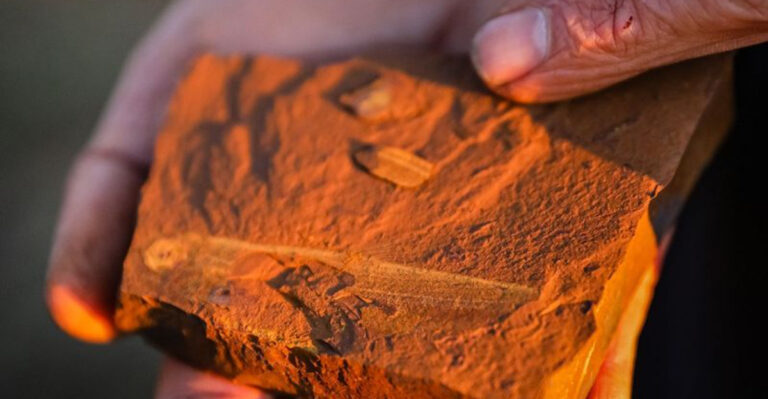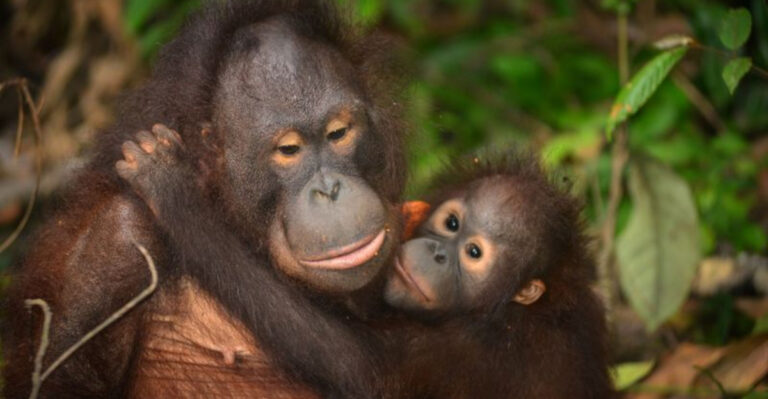The First Teeth Were Sensory Organs On Fish: 12 Facts About Their Origins Outside The Mouth
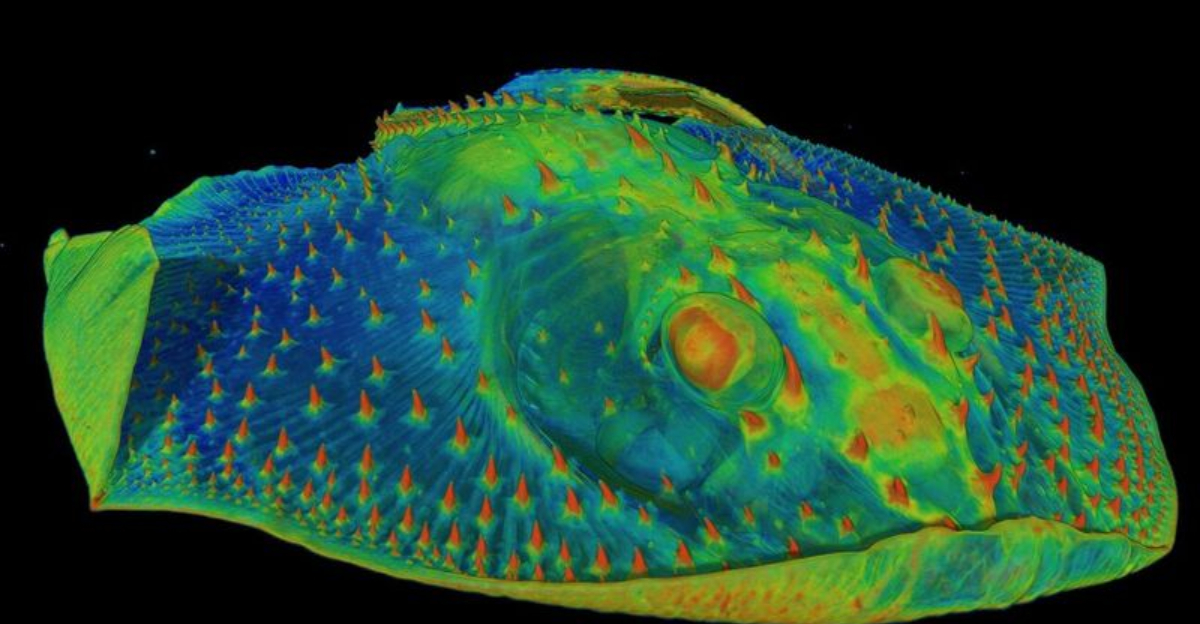
When you think about teeth, you probably picture them inside a mouth for biting and chewing. But nature has a surprising secret to share!
The earliest teeth weren’t inside mouths at all – they started as tiny sensory structures on fish skin millions of years ago. This unexpected beginning completely changes how we understand tooth evolution.
1. Armor With A Purpose

Early fish didn’t just wear these tooth-like structures for protection. Their scaly covering served as a sophisticated sensory network!
Scientists discovered tiny nerve channels running through these denticles, proving they weren’t just armor but living sensors. Modern sharks still carry this ancient feature in their rough, sandpaper-like skin that contains thousands of tiny teeth-like structures.
2. Moving To The Mouth

Evolution works with what’s already available. When early fish needed harder structures to grab prey, those sensory skin denticles gradually migrated toward the mouth opening.
This brilliant repurposing happened over millions of years. The same genetic blueprint that created skin sensors was adapted to form the first true teeth, maintaining their sensitivity while gaining new functions.
3. Dentine: The Telltale Tissue
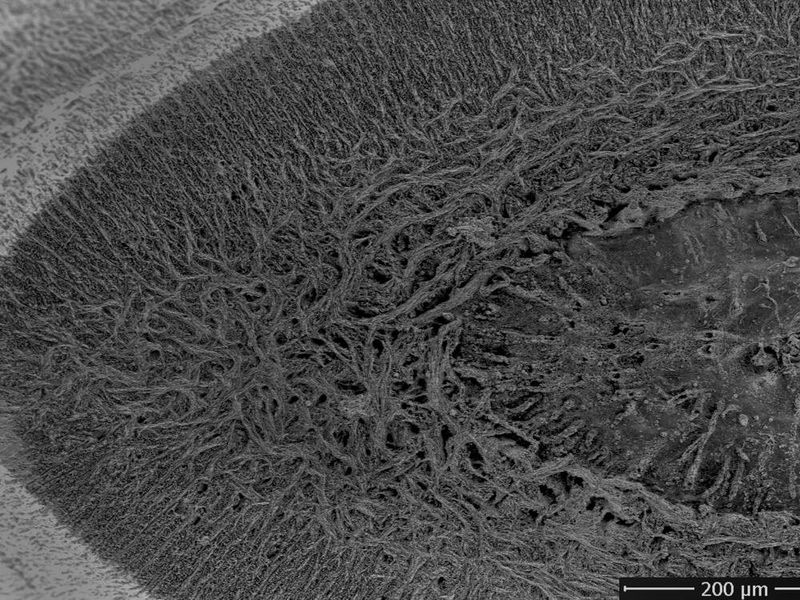
What makes a tooth truly a tooth? The secret lies in dentine – a specialized tissue found only in vertebrate teeth and their ancestors.
Microscopic analysis of ancient fish fossils reveals this distinctive tissue in both their skin denticles and mouth structures. This shared material provides the smoking gun evidence that modern teeth evolved from these external sensory organs.
4. Conodonts: Mysterious Tooth-Like Fossils
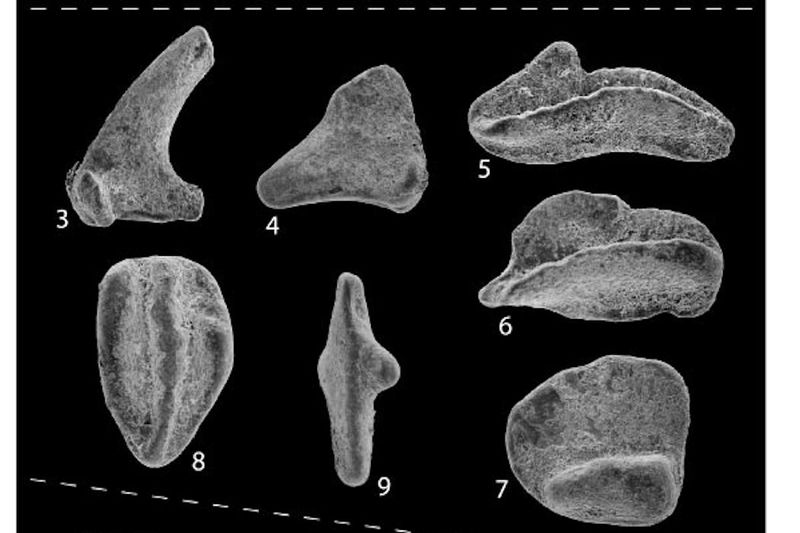
For decades, scientists puzzled over tiny tooth-like fossils called conodonts. These mysterious structures appeared in the fossil record about 500 million years ago.
Originally thought to be primitive teeth, newer research suggests they were actually specialized feeding structures from worm-like creatures. Their convergent evolution shows how different lineages independently developed tooth-like structures for sensing and feeding.
5. Sharks: Living Fossils With Ancient Skin

Run your hand along a shark’s skin and you’ll feel nature’s time machine! Their rough texture comes from dermal denticles – essentially teeth covering their entire body.
These structures share the same origin as their actual teeth. Shark embryos develop both their skin denticles and mouth teeth from the same tissue, providing living proof of this evolutionary connection that began over 400 million years ago.
6. Gene Toolkit For Teeth
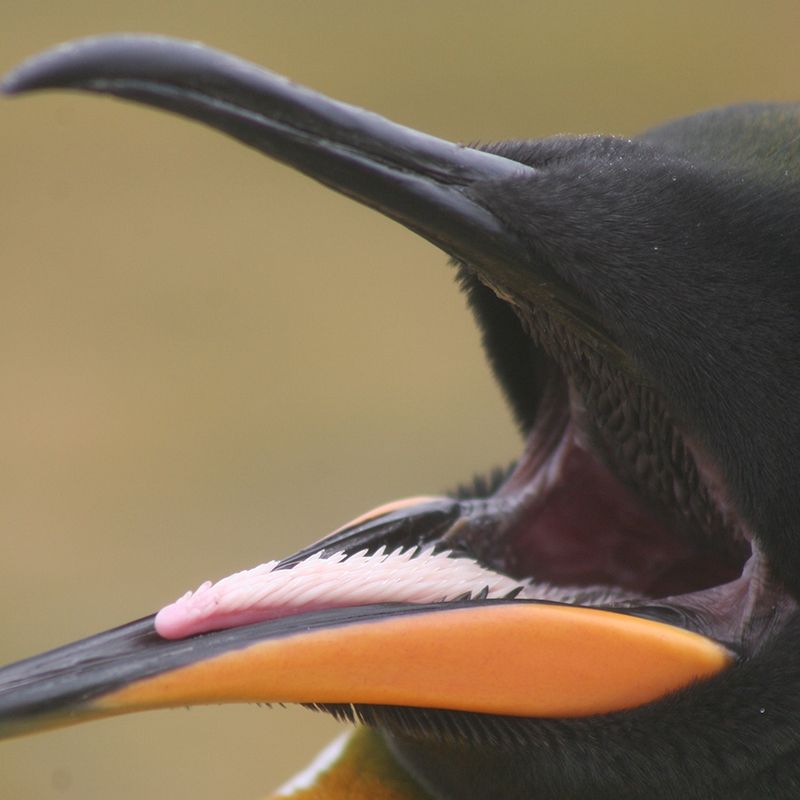
The genetic blueprint for making teeth didn’t evolve from scratch. Scientists have identified specific genes that control both skin denticle and tooth development.
These genes, part of the Dlx family, show remarkable similarity whether they’re building sensors on skin or chompers in mouths. This genetic evidence further cements the evolutionary relationship between external sensors and internal teeth.
7. Skin Sensors Came First
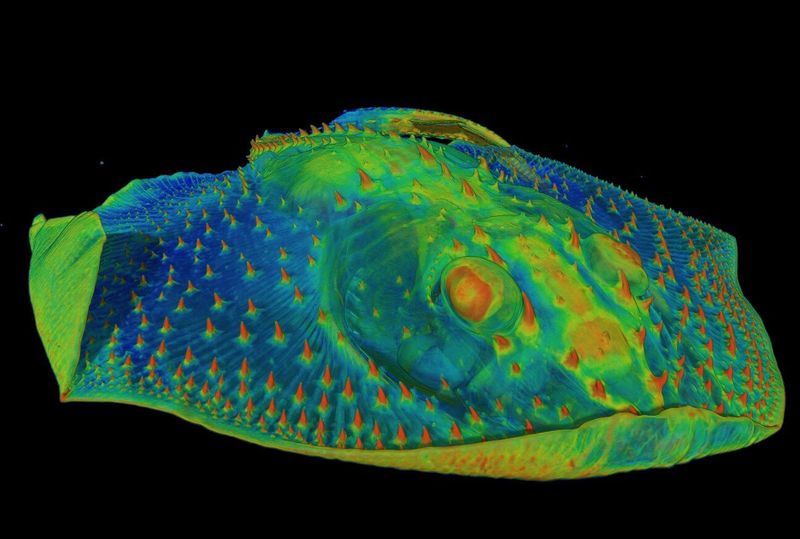
Ancient fish sported tooth-like structures on their outer skin long before any creature had teeth for eating. These tiny bumps, called denticles, helped fish feel changes in water pressure and temperature.
Much like how your skin can feel a gentle breeze, these primitive structures gave fish crucial information about their surroundings without needing to see.
8. Placoderms: Armored Pioneers
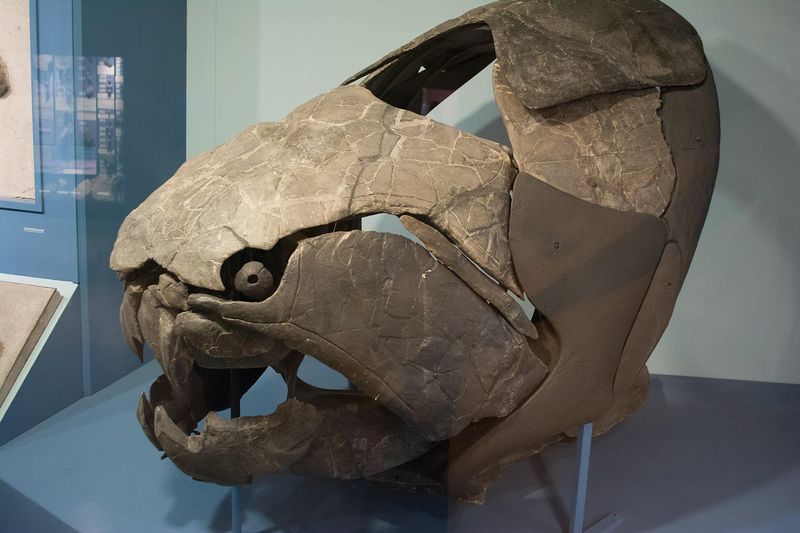
Meet the placoderms – ancient armored fish that provide crucial evidence in the tooth evolution story. These creatures, living 430-360 million years ago, had bony plates covered with denticles across their bodies.
Fascinating fossil discoveries show these fish were among the first to develop tooth-like structures at their jaw margins. They represent a critical transitional stage when external sensors began their journey toward becoming specialized feeding tools.
9. Sensory Networks Still Active
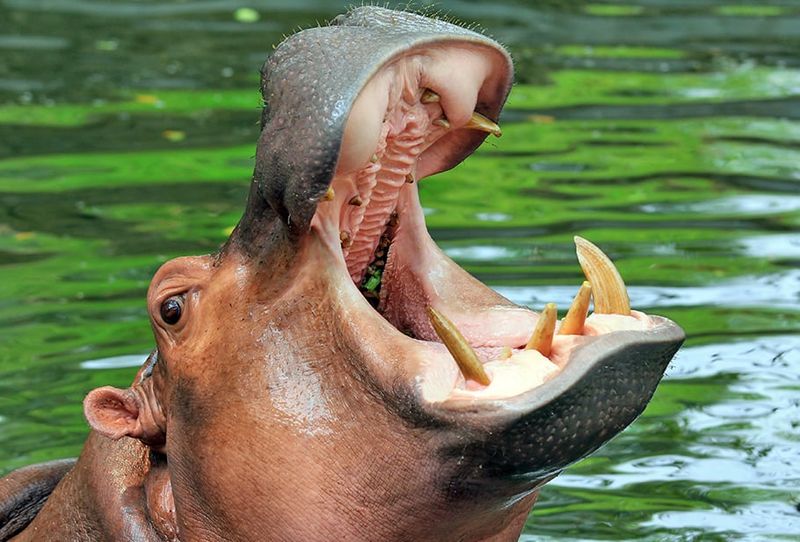
Modern teeth haven’t lost their sensory origins! That sharp pain when eating ice cream? It’s your teeth’s ancient sensory function still hard at work.
The pulp inside each tooth contains nerve endings that detect temperature, pressure, and damage – directly descended from those primitive sensory denticles. Your toothache connects you to fish that swam hundreds of millions of years before dinosaurs existed!
10. Parallel Evolution In Other Animals

Nature loves to repeat successful designs. While vertebrates developed teeth from sensory denticles, invertebrates like mollusks independently evolved their own tooth-like structures called radulas.
Snails use these rasping tongue-like organs covered in tiny teeth to scrape food. This parallel evolution demonstrates how different animal groups solved similar problems through completely separate evolutionary pathways.
11. Fossilized Evidence From Thelodonts
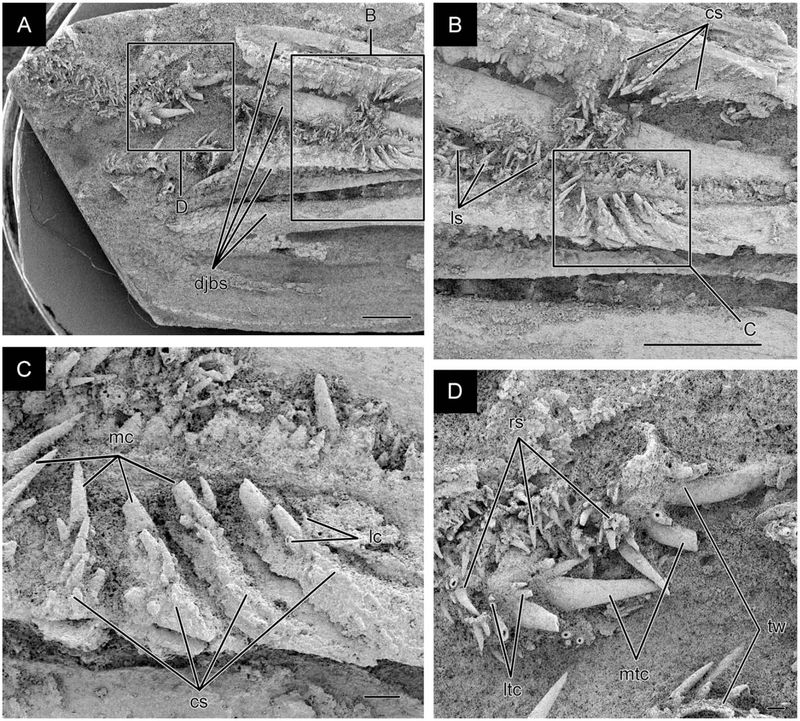
Tiny extinct fish called thelodonts provide some of our best evidence for the skin-to-mouth theory. These ancient creatures had bodies covered in tooth-like scales with a remarkably organized pattern.
Exceptionally preserved fossils show a gradual transition where these scales become more specialized around the mouth region. This smoking gun evidence captures evolution in action, documenting the precise pathway from sensory skin to feeding apparatus.
12. Future Dental Innovations

Understanding teeth’s sensory origins has sparked revolutionary medical advances. Researchers are now developing artificial teeth with enhanced sensory capabilities based on their evolutionary blueprint.
These bio-inspired designs could restore natural sensation for people with dental implants. By looking backward at tooth evolution, scientists are moving forward with innovations that might someday let patients actually feel with their replacement teeth!

